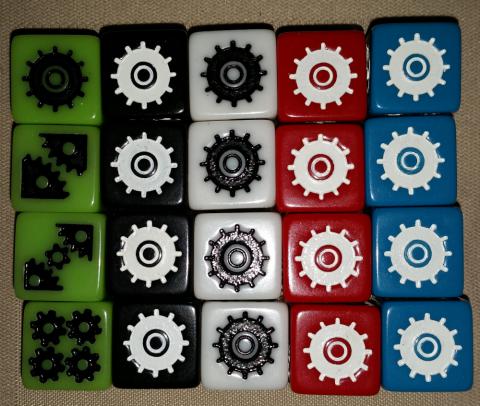Mechanics Makeovers Notebook
I love a game with "theme", but a theme without a mechanic is a story, not a game. I also love logic problems, but a logic problem without a mechanic is a puzzle. A game is many things, but ultimately what makes it a game is its mechanic(s) and what makes a good game is good mechanics. (OK. Maybe overstated, but this is the Mechanics section, right!?)
Similar to a Game Makeover, a Mechanics Makeover takes an existing mechanic and explores variations to the mechanic that may provide insight into a new or modified use of it. Instead of dissecting a game to find out how it works and improving on it, I will analyze a (likely) well-known mechanic and look for ways to modify and hopefully improve upon it then suggest some specific uses for it in its new form.
Objective
Redesign a traditional or well-known mechanic to provoke ideas for new variations and uses. In this process I expect to post:
- An evaluation of the existing mechanic for what is working and what needs work.
- A description and rationale of each “improvement.”
- Implementation in a game or gamelet (a mini game that exercises one mechanic).
- The evaluation – redesign – playtest cycle for major changes.
- Any tools that I use or create in the process.
- A description with rules and PnP files (as appropriate) of any product.
- (Maybe) A step or two further; exploring the mechanic in concert with others to form a more complex game design.
Hopefully you find this discovery process interesting and maybe even gain some inspiration from it.






